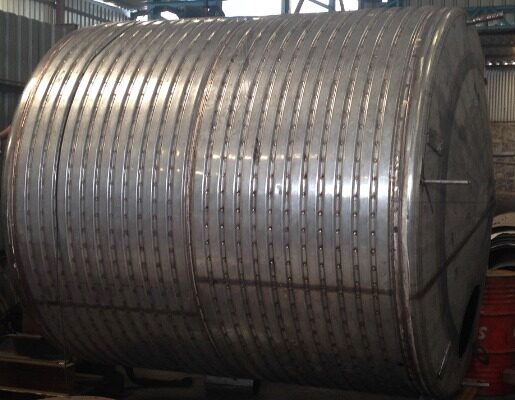Tanks and vessels are containers used for the storage, processing, or transportation of fluids or gases. They can be made from a variety of materials, including metals, plastics, or composites, and can range in size from small laboratory vessels to large industrial tanks.
Tanks and vessels can be classified into different categories based on their purpose and design. Here are a few examples:
Storage tanks: These are large containers designed to hold fluids or gases for an extended period of time. They can be used for storing water, chemicals, fuel, or other substances. Storage tanks can be vertical or horizontal, and may have a variety of shapes and sizes.
Pressure vessels: These are tanks designed to withstand high pressures, typically above atmospheric pressure. They are commonly used in the chemical, oil and gas, and power generation industries for storing or processing high-pressure gases or liquids.
Mixing tanks: These are vessels designed for mixing or blending liquids, such as in the food, beverage, or pharmaceutical industries. They can be equipped with agitators or impellers to help mix the contents.
Reactors: These are vessels used for chemical reactions, such as in the production of pharmaceuticals or polymers. They can be designed to handle high pressures and temperatures, and may include internal baffles or other features to facilitate mixing or heat transfer.
Transport tanks: These are containers used for transporting liquids or gases, typically by truck, rail, or ship. They are designed to be mobile and may have specialized features, such as baffles or surge plates, to prevent sloshing during transport.
Tanks and vessels can be custom designed to meet specific needs and can be manufactured to meet industry standards and regulations for safety and environmental protection.
Showing the single result

